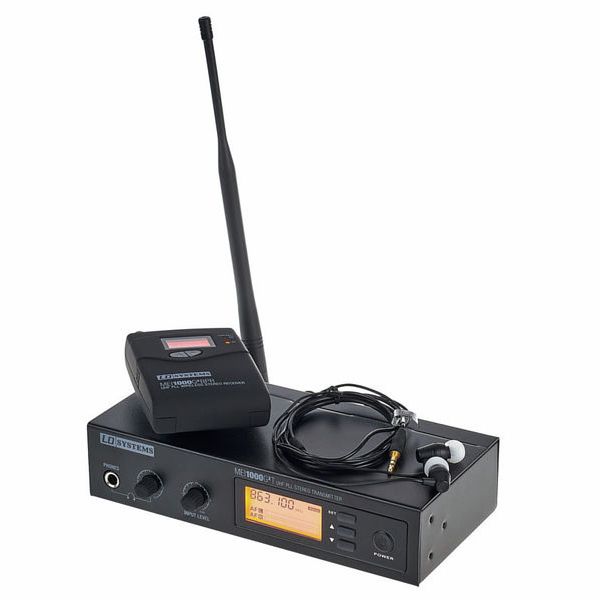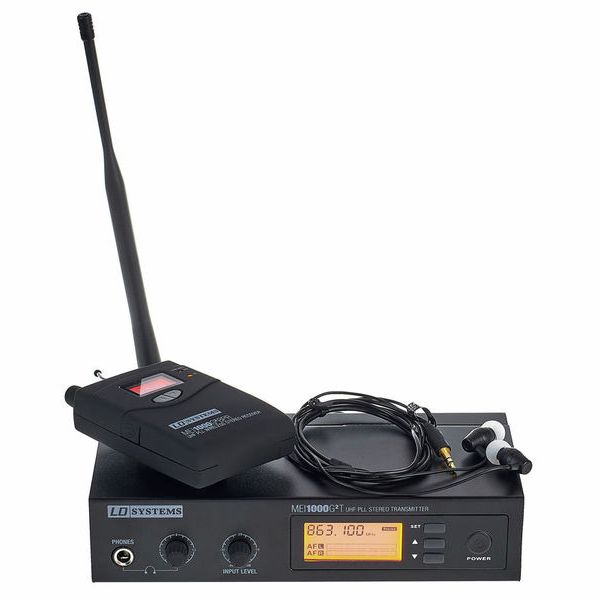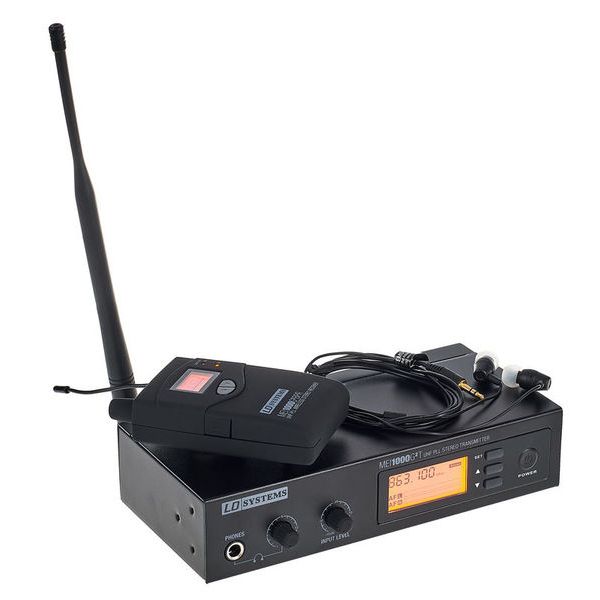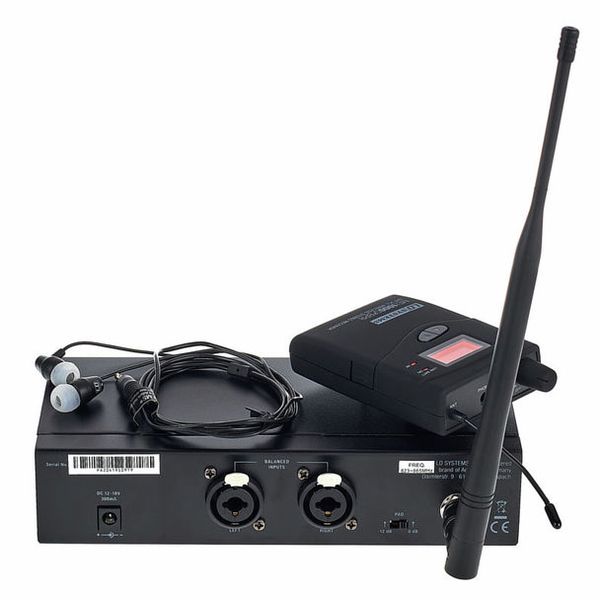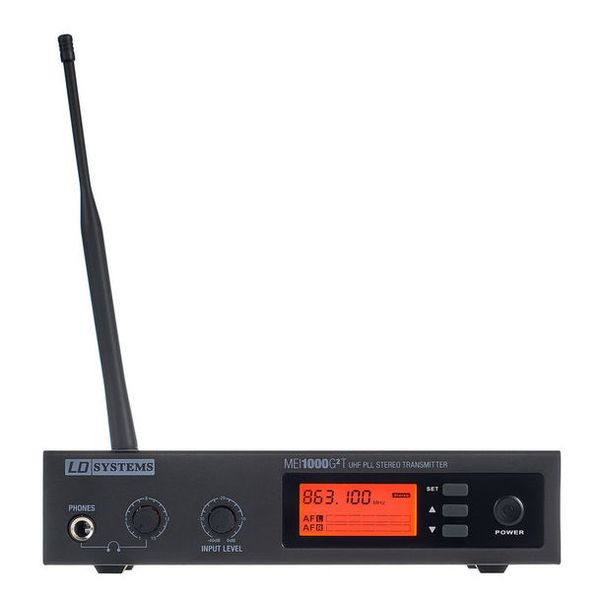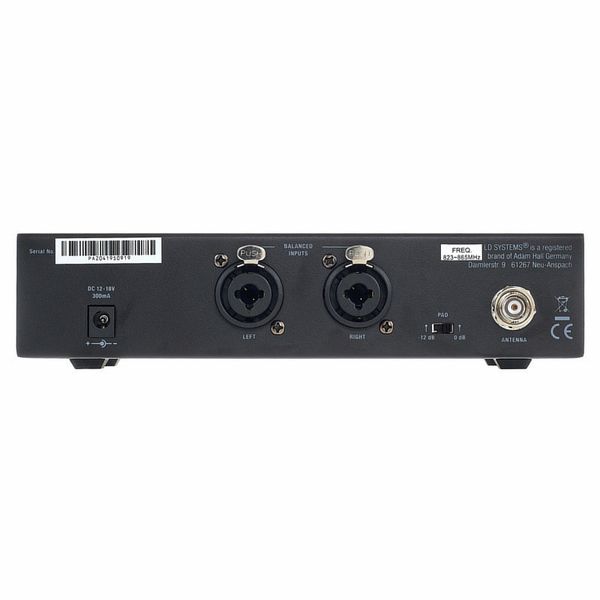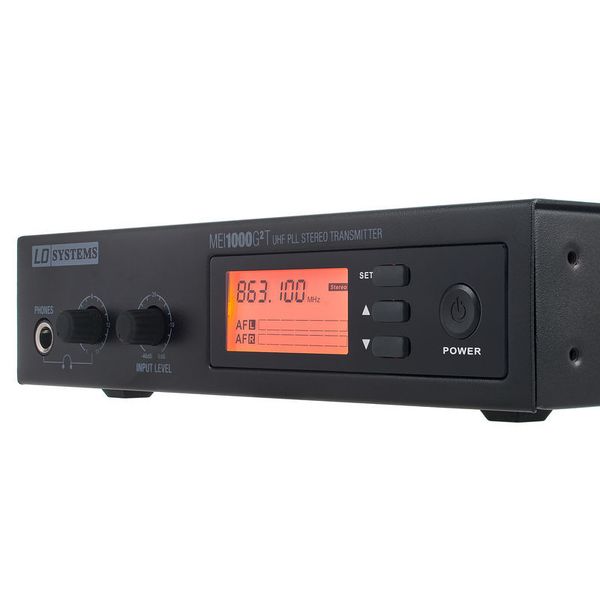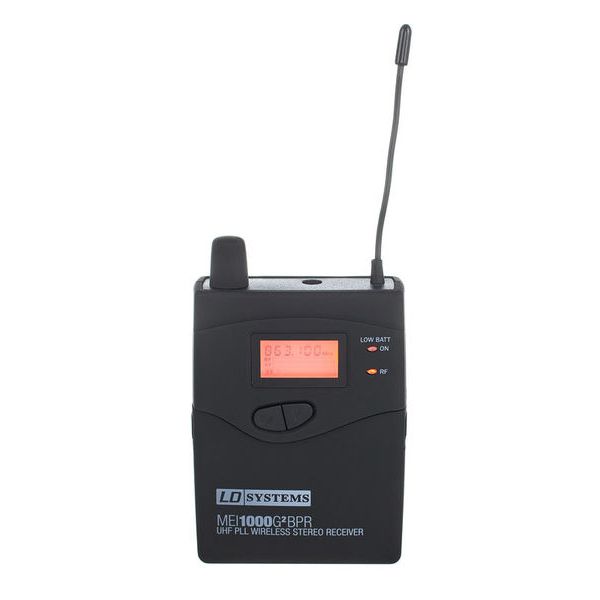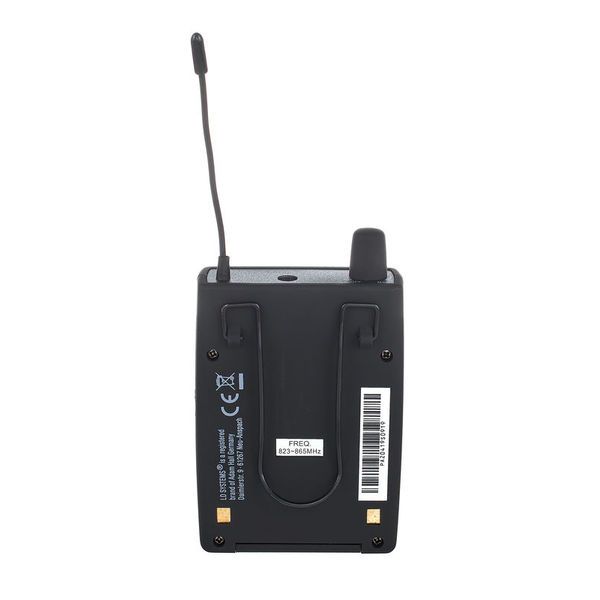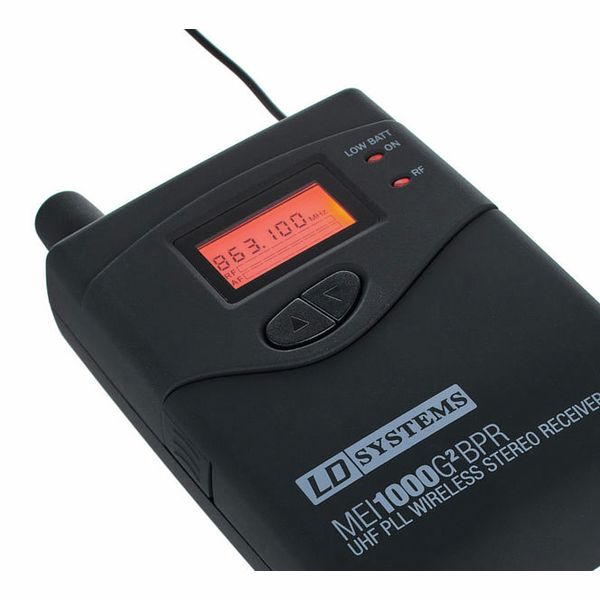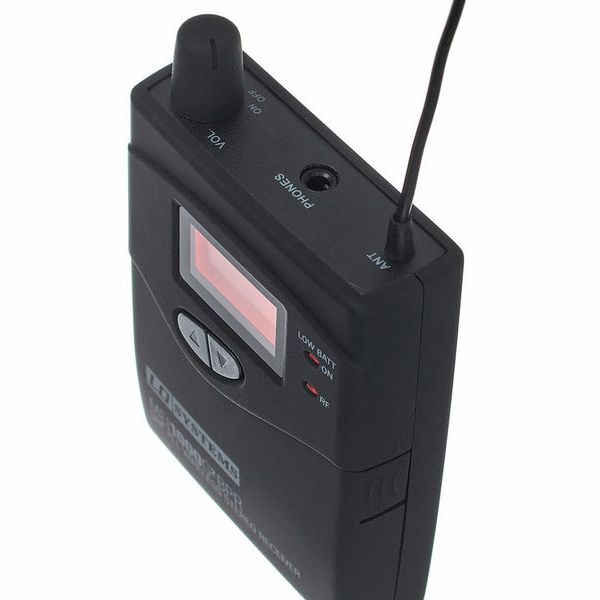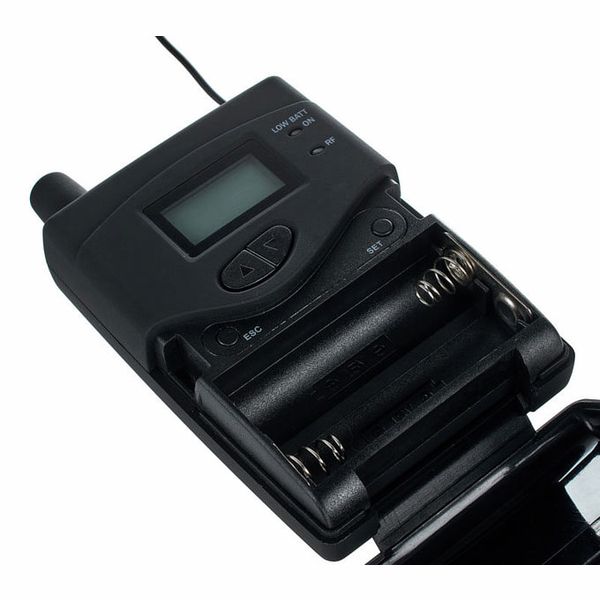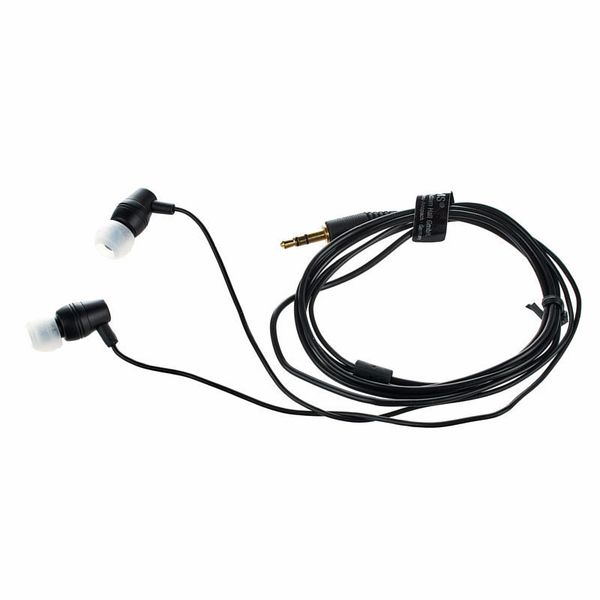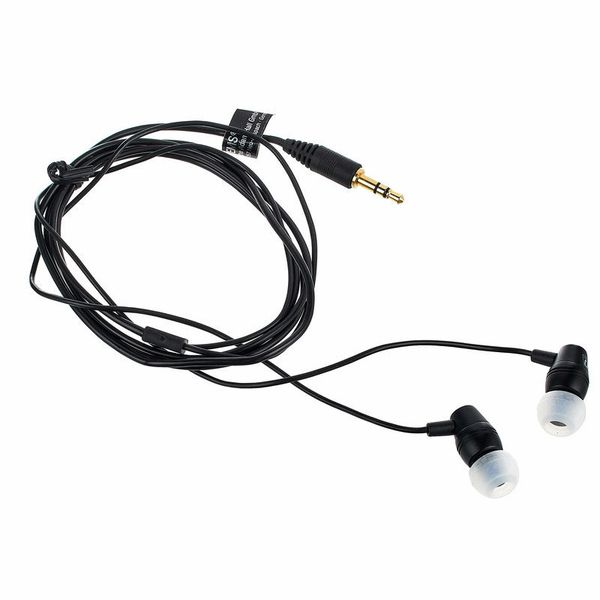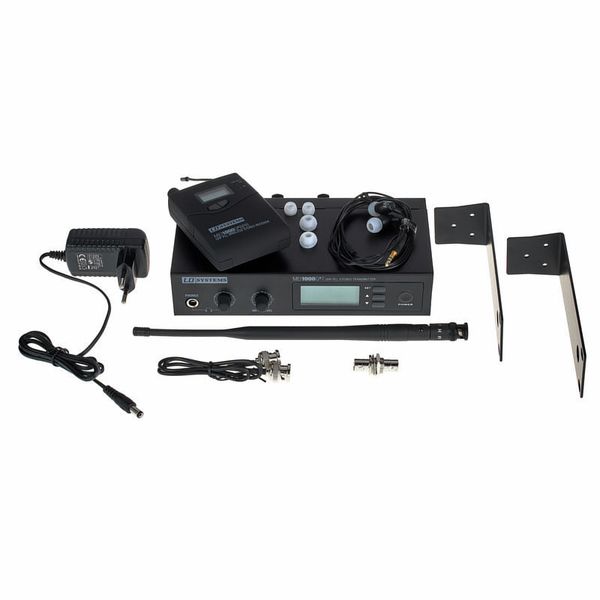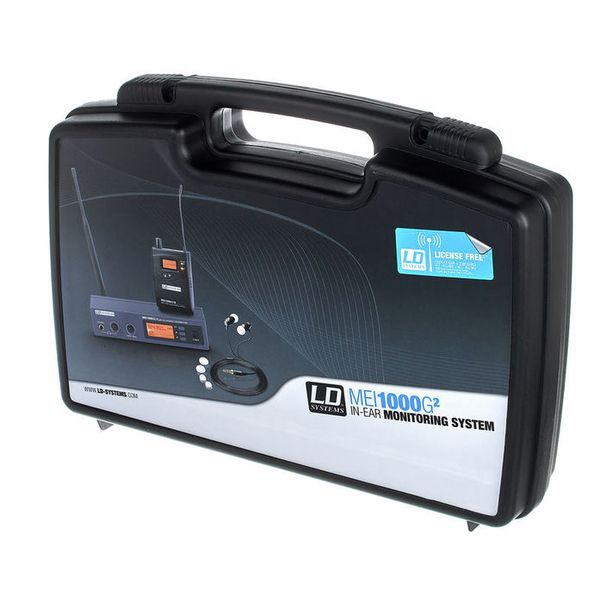I use it for LIVE and practice. I'm a vocalist. I used Shure 215's with this, and then later upgraded to JHAudio JHX3X custom IEMs.
Sound quality is OK. Mostly depending on sound isolation of the IEM's used.
Pros (for me):
*Does the job very well. Tested up to 4x units parallel, Most in my band use this model.
*good price to performance ratio.
*Stereo.
*Basic, easy to set up.
*Had no Range or dropout problems. Even reaching far away backstages.
*Never had problems with new or fully charged batteries. Lasts at-least 4h, depending on use. (volume)
Cons:
*When the batteries are low, it makes load unpleasant noise. (But I guess its good that it does not just die). Noise stops when you turn volume down on receiver pack. At that point, has enough juice to finish the song. But the "Warning" noise is terrible.
*Eats basic batteries. Does not come with rechargeables. I bought rechargeable batteries, so each session has fully charged set.
*Plastic receiver. Mine looks like it been dragged behind a car, but it still works.
*I am worried about antenna on receiver, it looks not very sturdy, so I've been looking after it.
* had to hack the mounts and create custom brackets to have two units fit in 1U rack slot. With Brackets provided, can only have one unit per 1U.
* The added earphones do make a sound and can be plugged in. That's about it. Poor sound isolation. But better then nothing in case of emergency.
Overall, after few year of using it, It still works, And I don't feel like upgrading, since I'm not a professional.



